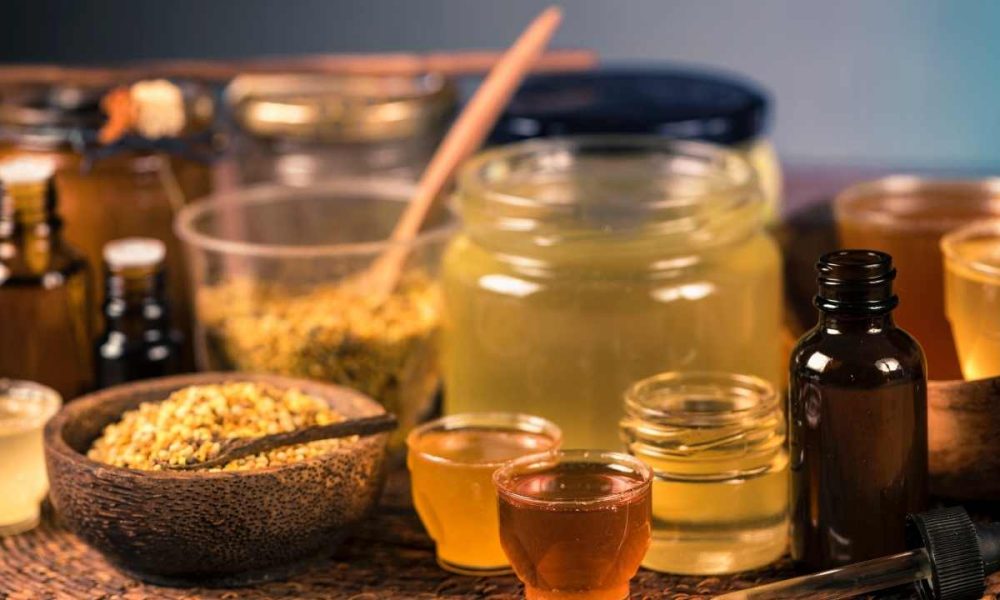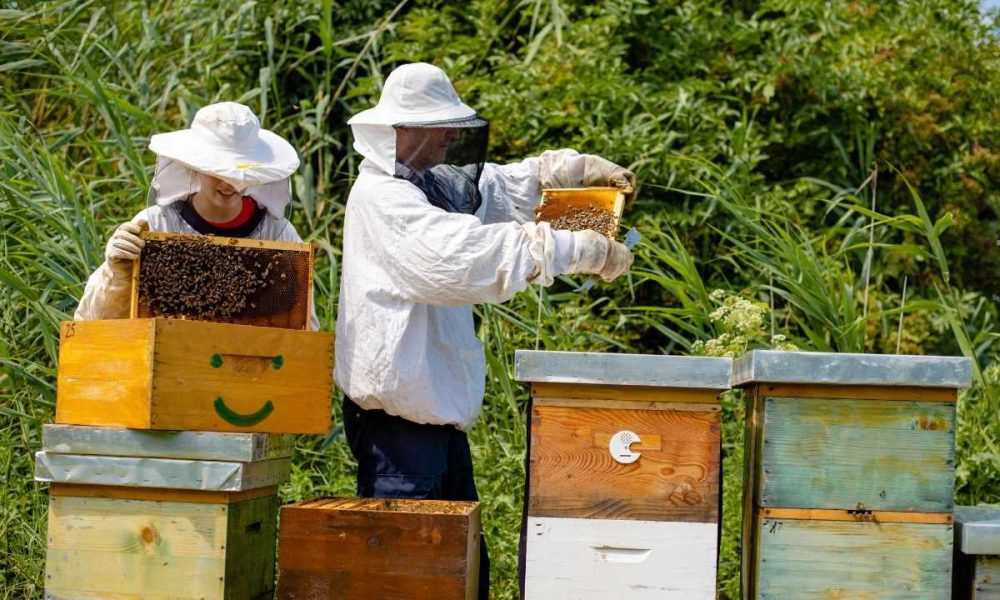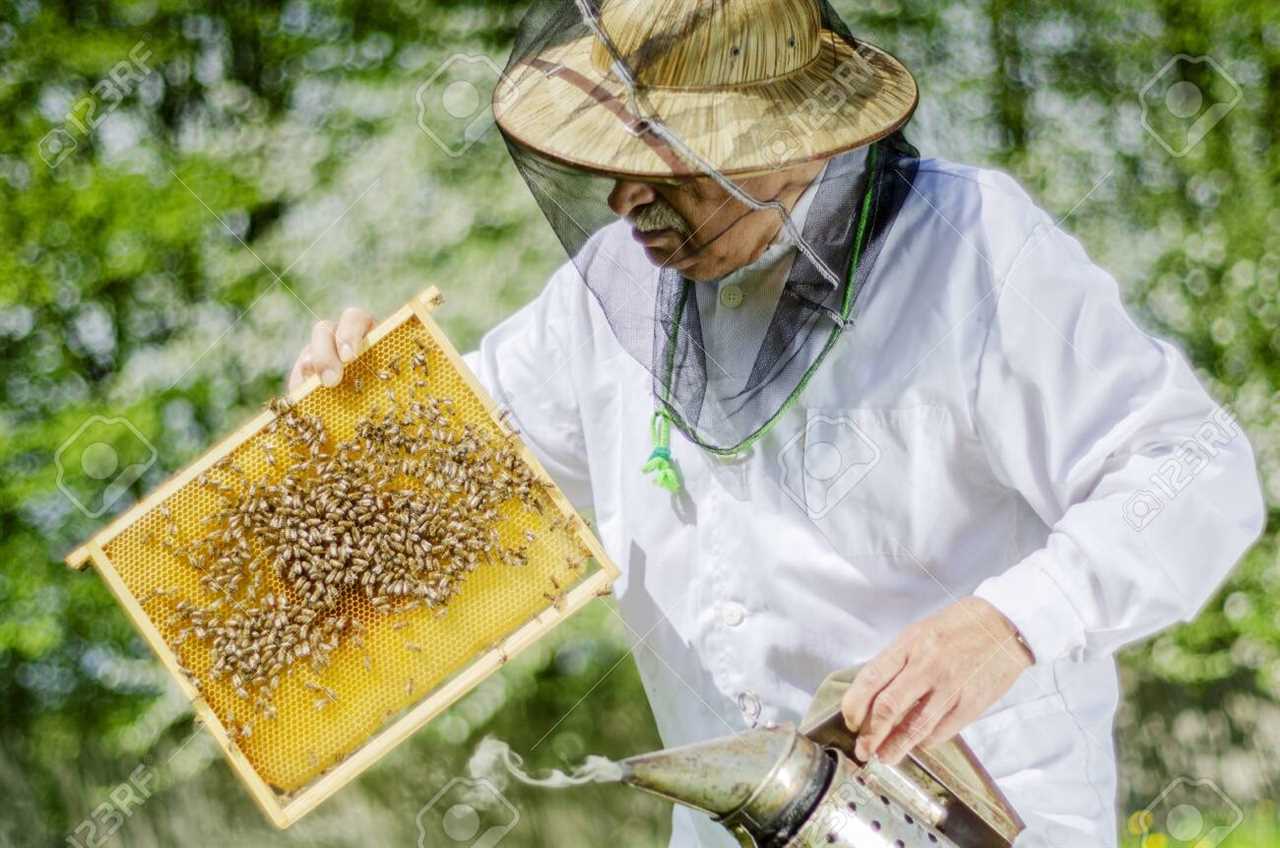
Are you ready to dive into the world of beekeeping? Before you start, it’s essential to understand the importance of protective gear. Beekeeping can be a fulfilling and rewarding hobby or profession, but it comes with risks. Bees sting when they feel threatened, and a single sting can cause pain or even an allergic reaction. To ensure your safety while working with bees, you need to suit up in protective gear.
In this guide, we’ll take a closer look at beekeeping protective gear and provide tips on how to choose the right one for your needs. We’ll also discuss the materials used in making protective gear and offer advice on how to maintain and clean them properly. By the end of this article, you’ll have all the information you need to stay safe while enjoying all that beekeeping has to offer. So let’s get started!
The Importance of Beekeeping Protective Gear
Donning the proper attire is crucial to safeguarding oneself from the risks of beekeeping. As with any other activity, beekeeping comes with its own set of hazards that may pose danger to you as a keeper. While beekeeping offers numerous benefits such as honey production and pollination of crops, it also exposes you to the risk of being stung by bees. Bee stings are not only painful but can also be life-threatening, especially if you are allergic to them.
To protect yourself from these dangers, it’s essential to invest in proper beekeeping protective gear. This gear includes a veil or hat, gloves, boots or shoes, and a suit or jacket. These items will provide an additional layer of protection between you and the bees while working on your hives. In the next section, we’ll take a closer look at each type of protective gear and how they can help keep you safe during your beekeeping activities.
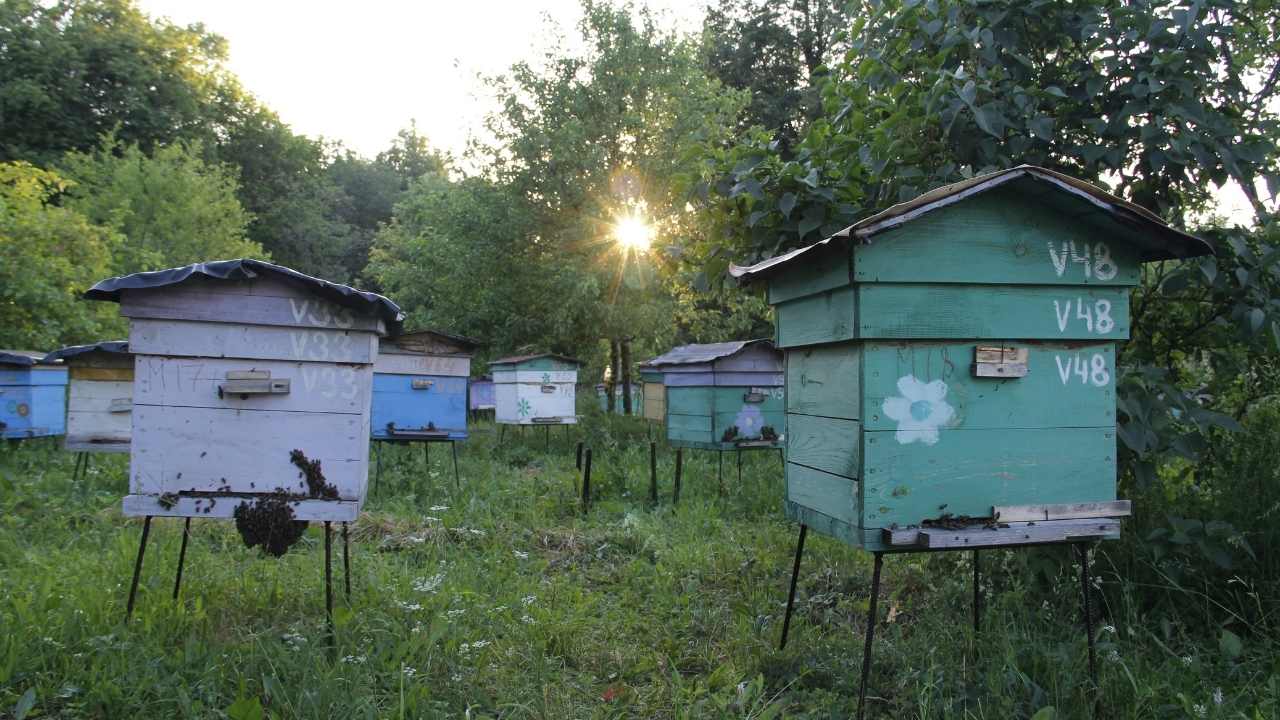
Without proper gear, even experienced beekeepers run the risk of getting stung by their bees. To avoid this scenario and ensure that you remain safe at all times when tending to your hives, it’s crucial that you equip yourself with suitable protective gear for your needs.
Types of Beekeeping Protective Gear
When it comes to beekeeping protective gear, you need to consider three key items: full-body suits, gloves, and veils. These pieces of equipment play a crucial role in keeping you safe while working with bees. A full-body suit will protect your entire body from stings, while gloves and veils provide additional protection for your hands and face.
Full-Body Suits
For optimal protection against bee stings, it’s advised to invest in a full-body suit during your beekeeping activities. Full-body suits offer the best protection as they cover your entire body, from head to toe. When selecting a full-body suit, consider breathability vs. protection and custom fit vs. standard size.
Breathability is important as it allows air to circulate inside the suit and keeps you cool during hot weather conditions. However, protection should not be compromised for breathability as bees can sting through thin materials. Custom fit suits are ideal as they are specifically tailored for your body shape, ensuring that no area is left exposed for bees to attack. Standard size suits may be less expensive but may not provide a perfect fit, leaving gaps for bees to enter. Moving on to gloves…
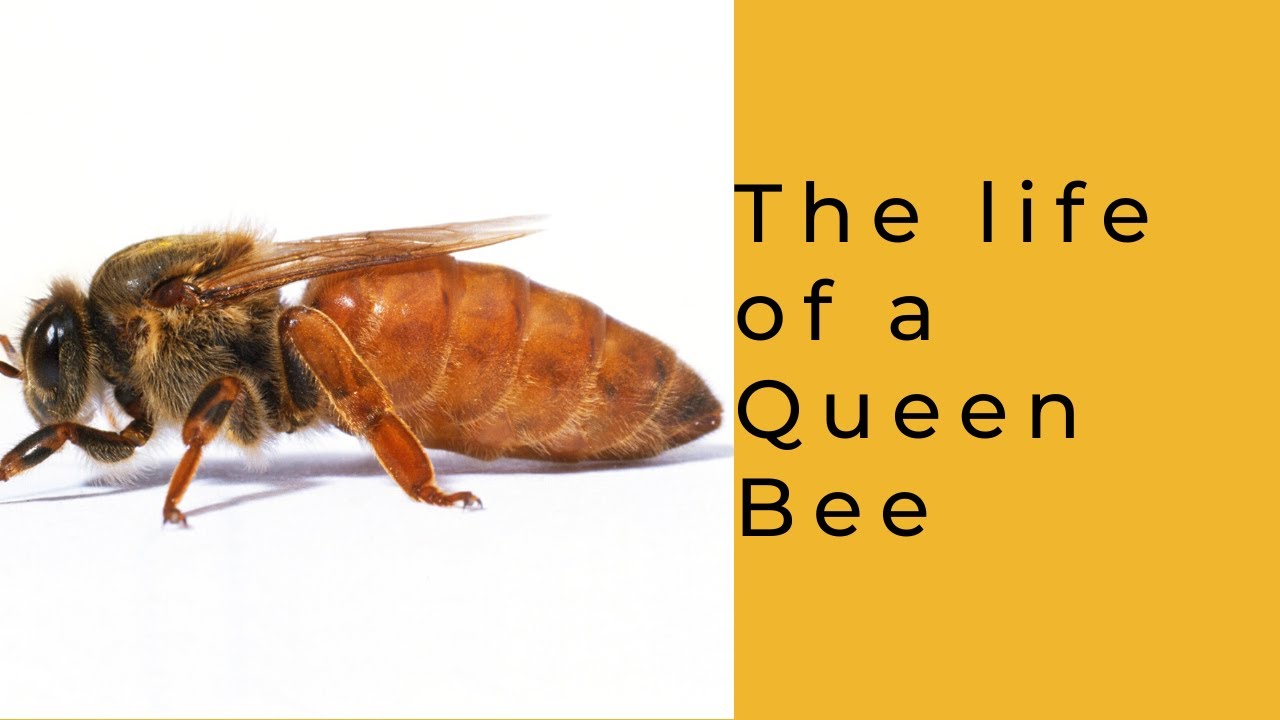
Gloves
Gloves are a crucial component of beekeeping attire, with studies showing that hand and finger stings account for around 40% of all bee sting incidents. Beekeeping gloves come in different materials such as leather, rubber, and cotton. Leather gloves provide excellent protection against bee stings but can be heavy and cumbersome to wear. Rubber gloves are lightweight and easy to clean but may not provide enough dexterity when handling delicate tasks. Cotton gloves are the most breathable option but offer the least amount of protection.
When choosing beekeeping gloves, it is important to consider your level of experience and the tasks you will be performing. Beginners may want to opt for thicker gloves made from leather or rubber to minimize the risk of being stung while learning how to handle bees properly. Experienced beekeepers who need more flexibility may prefer thinner cotton gloves that allow for better dexterity when working with hives.
Moving on to the next section about veils, it’s important to note that this piece of protective gear is just as crucial as gloves in ensuring your safety during beekeeping activities.
Veils
Don’t let those buzzing bees get too close to your face, make sure you have a reliable beekeeping veil to keep you protected while working with them. A beekeeping veil is an essential piece of protective gear that keeps the bees away from your face and neck. There are different styles of veils available in the market, each designed for specific needs and preferences.
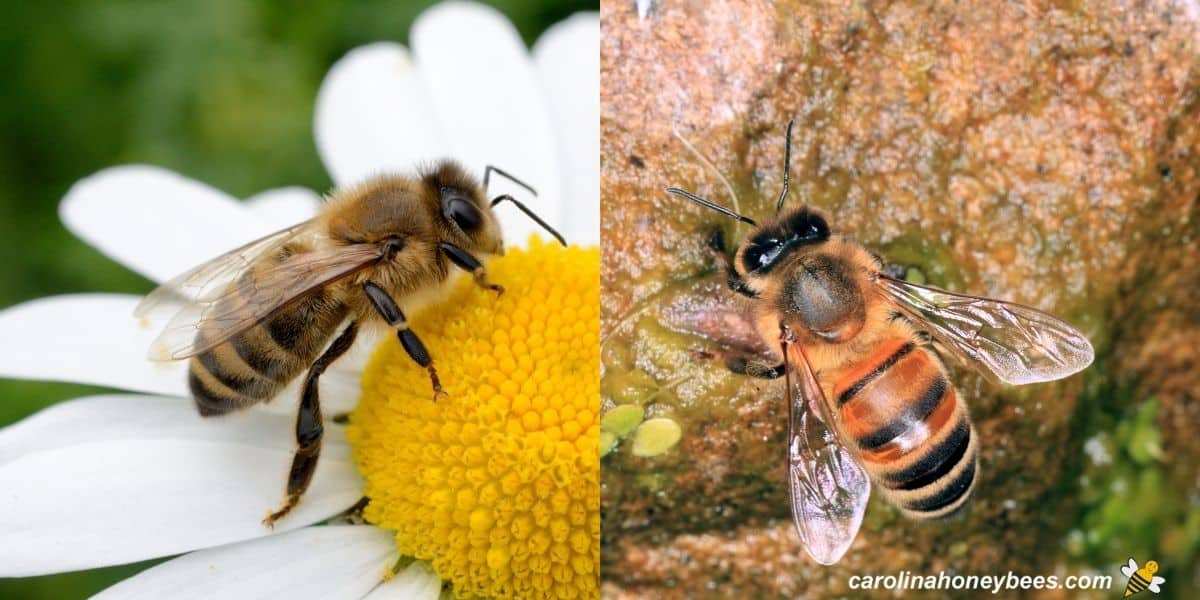
Here are some popular beekeeping veil styles that you can consider:
- Round hat veils: These are classic round-shaped veils that provide excellent visibility and ventilation.
- Square folding veils: These are easy to carry around as they can be folded flat, making them perfect for travel or outdoor activities.
- Fencing veils: These offer complete head and shoulder protection, making them suitable for more aggressive colonies.
When it comes to choosing a beekeeping veil, it’s important to select one that fits well and offers adequate protection. Keep in mind that the style of your veil should not compromise your safety, so choose wisely. Now that you know about the different beekeeping veil styles available, let’s move on to learning about the materials used in beekeeping protective gear.
Materials Used in Beekeeping Protective Gear
When it comes to beekeeping protective gear, the materials used are just as important as the design and fit. Cotton is a popular choice for many beekeepers due to its breathability and comfort during hot weather. Synthetic fabrics, on the other hand, offer better protection against stings and are more durable overall. Mesh is also commonly used in beekeeping suits for added ventilation without sacrificing safety.
Cotton
The cotton section provides an in-depth look at the various clothing options available for beekeepers. Cotton is a popular material for beekeeping protective gear due to its many benefits. Firstly, it is a natural fabric that allows air to circulate, keeping you cool and comfortable during hot weather conditions. Additionally, cotton is lightweight and flexible, allowing you to move around freely without feeling restricted.
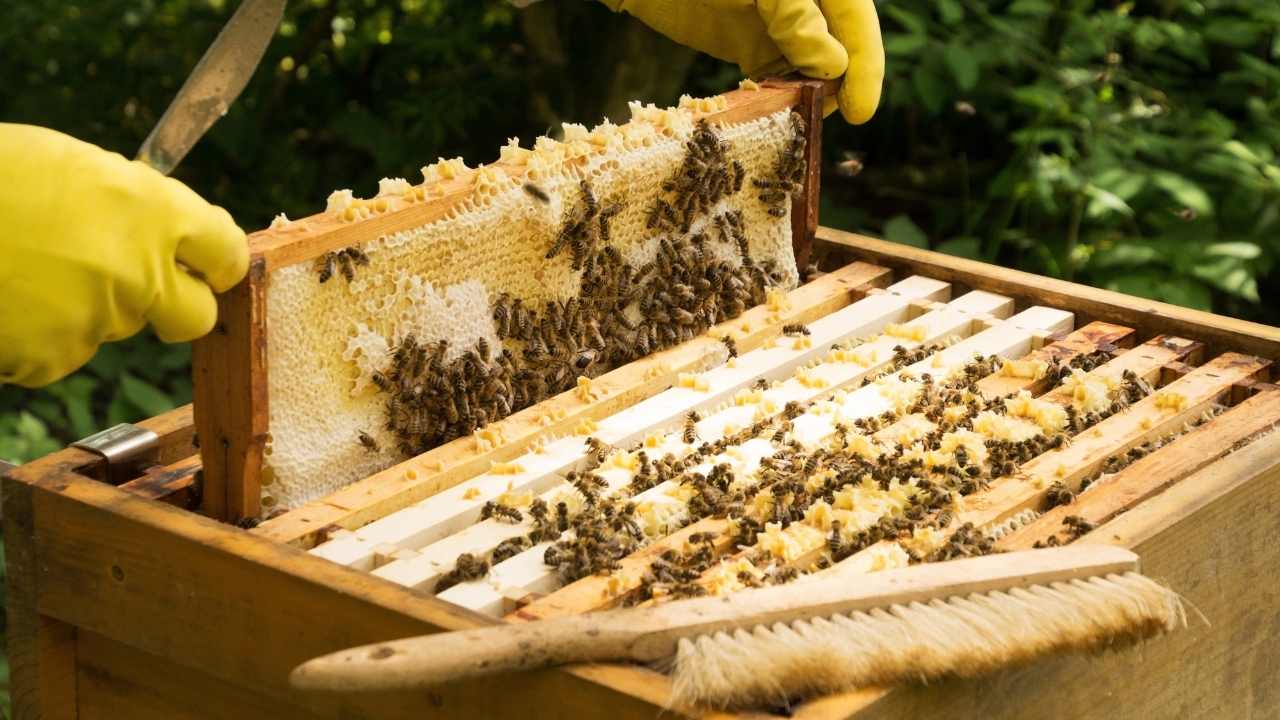
However, there are also some disadvantages to using cotton as your primary beekeeping protective gear. One significant drawback is that it does not provide ample protection against bee stings. Although it may prevent bees from landing on your skin, their stingers can still penetrate through the fabric if they come into contact with you. As a result, wearing additional layers or thicker fabrics may be necessary for optimal protection against bee stings. In the next section about ‘synthetic fabrics,’ we will explore other materials that offer better protection against bee stings while still providing comfort and flexibility.
Synthetic Fabrics
If you want to feel like a superhero while beekeeping, synthetic fabrics are your cape. They offer many advantages over cotton and other natural fibers in terms of protection against bee stings, as well as comfort and flexibility. Synthetic fabrics are made from man-made materials such as polyester, nylon, or spandex, which are more resistant to punctures than cotton. This means that bees are less likely to sting through the fabric and reach your skin.
In addition to their superior protection, synthetic fabrics also have better breathability and durability compared to cotton. They allow air to circulate freely around your body, preventing you from overheating during hot weather conditions. As for durability, synthetic fabrics can withstand repeated washing without losing their shape or color. However, one disadvantage of synthetic fabrics is that they tend to retain odor more than cotton does. Now let’s move on to the next section about mesh and how it enhances your beekeeping gear even further.
Mesh
Get ready to take your beekeeping to the next level with mesh – the ultimate addition to your outfit. Mesh fabric is known for its breathability, which means that it allows air to circulate freely through the material. This feature is essential for beekeepers as they work in hot and humid conditions, where overheating can be a concern. With mesh protective gear, you can work comfortably without feeling suffocated or restricted.
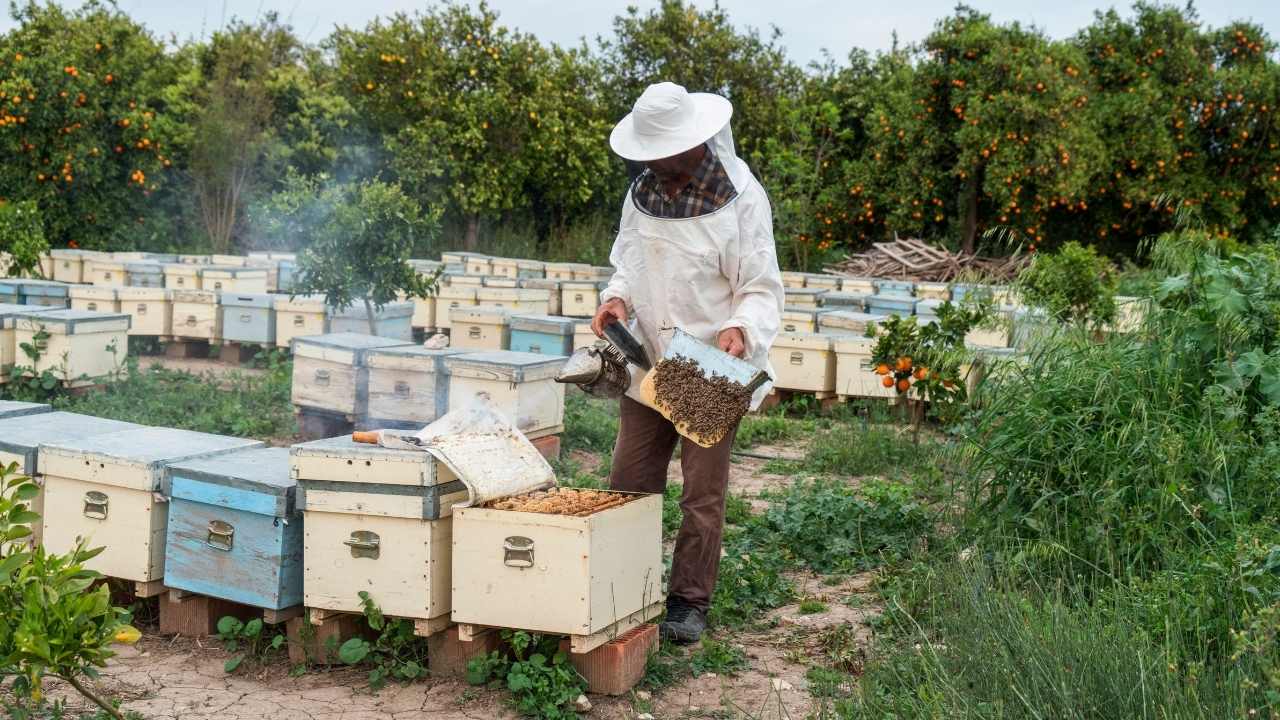
In addition to breathability, mesh also offers exceptional durability. The tightly-knit weave of the fabric ensures that it can withstand wear and tear from bees’ stingers and other environmental factors. Moreover, mesh is lightweight yet sturdy enough to offer excellent protection against bee stings. So if you’re looking for a comfortable and reliable option for your beekeeping gear, mesh should definitely be on your list!
- Feel cool and comfortable even in hot weather
- Breathe easy without compromising safety
- Enjoy maximum mobility while working with bees
- Protect yourself against stings without sacrificing comfort
- Invest in durable gear that lasts long.
Now that you know about the benefits of using mesh protective gear, let’s move on to choosing the right one for you.
Choosing the Right Protective Gear
Choosing the appropriate beekeeping attire is crucial to ensure your safety and comfort while working with bees. When selecting your protective gear, consider the fit and comfort of the clothing. It should fit snugly but not be too tight, as this can restrict movement and cause discomfort. Look for materials that are breathable and lightweight so you don’t overheat while wearing them.
Another important factor to consider is cost and budget. While it may be tempting to opt for cheaper options, investing in quality protective gear can save you money in the long run by lasting longer and providing better protection. Don’t skimp on essential items like gloves or a veil as they provide vital protection for exposed areas of your body.
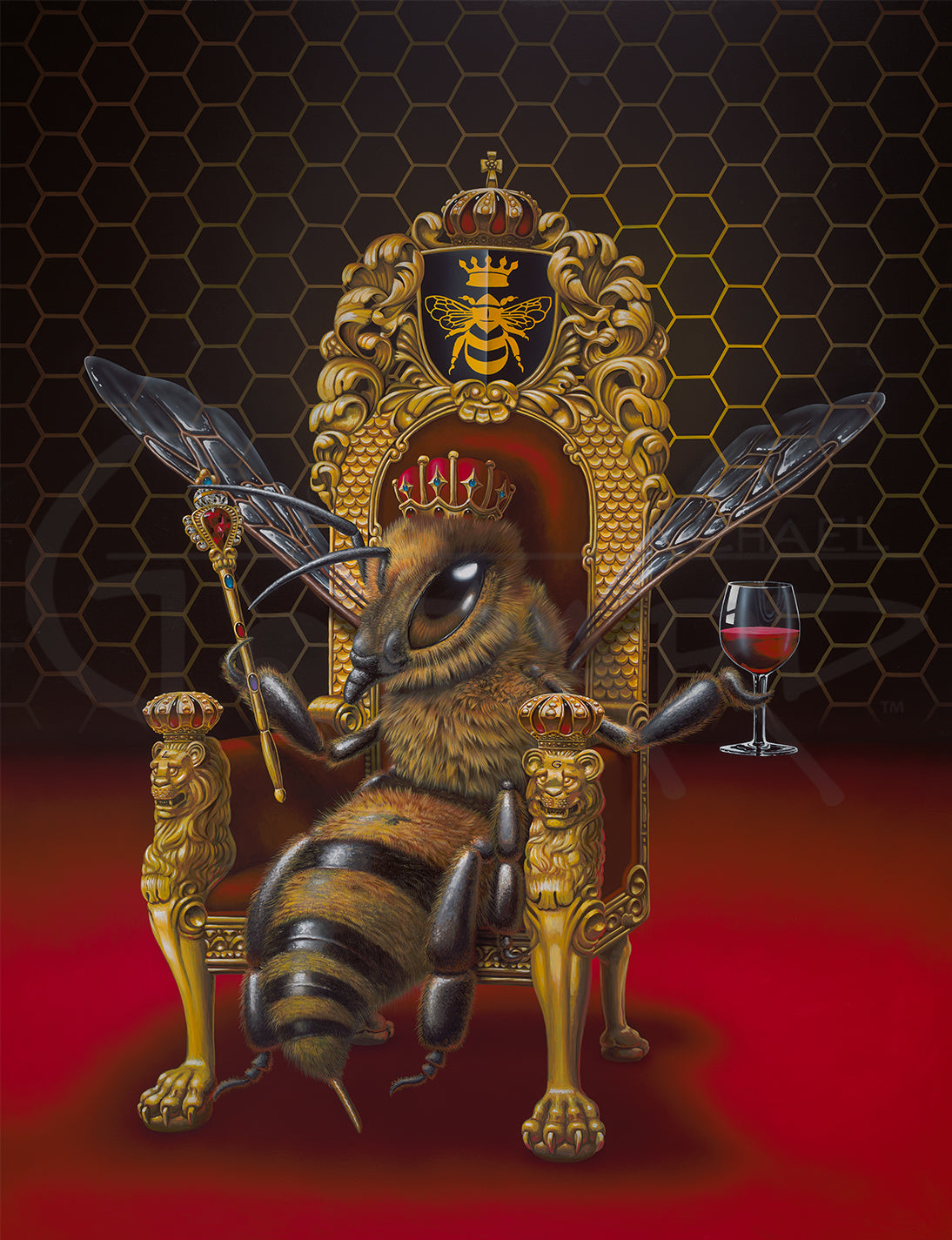
When it comes to maintaining and cleaning your protective gear, regular washing is necessary to remove any dirt or debris that may have accumulated during use. Proper care will also extend the life of your gear, saving you money in replacement costs down the line. With these tips in mind, you can confidently suit up for safety during every beekeeping session.
Maintaining and Cleaning Your Protective Gear
Maintaining and cleaning the gear you wear while working with bees is just as important as choosing the right attire, ensuring that your investment lasts longer and provides optimal protection during each session. Proper storage is imperative to keeping your protective gear in good condition. After use, make sure to hang your suit or jacket on a hanger or hook in a dry and well-ventilated area away from direct sunlight. This helps prevent mold and mildew growth, which can damage the fabric.
To ensure that your gear stays clean and sanitized, proper drying after each use is also necessary. After removing the gear, shake off any loose debris or bees before storing it properly. If there are any stains or residue left on the suit, wash it immediately with cold water and mild detergent. Sanitizing and disinfecting your gear at least once a year is also recommended to keep it free from harmful bacteria that could potentially harm you or your bees. With these steps in mind, you can maintain and prolong the life of your beekeeping protective gear for a safer beekeeping experience.
As you continue on this journey of safe beekeeping practices, there are additional tips to consider beyond maintaining and cleaning your protective gear.
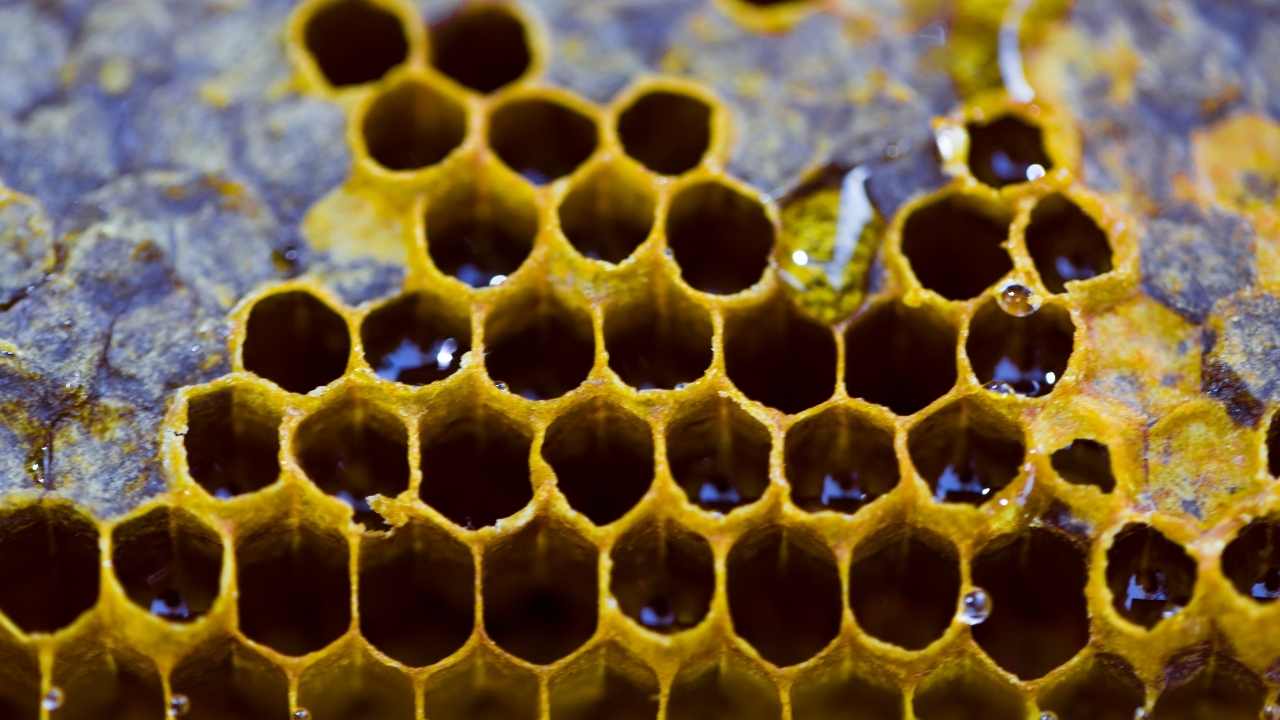
Additional Tips for Safe Beekeeping
As you venture further into the world of beekeeping, it’s important to keep in mind a few additional tips for ensuring a safe and successful experience with your buzzing friends. One of the most important beekeeping best practices is to always wear protective gear when working with your bees. This includes a full-body suit, gloves, boots, and a hat with a veil. Remember that bees can be unpredictable and may sting if they feel threatened or agitated.
It’s also crucial to know how to manage bee stings if they do occur during your beekeeping activities. First and foremost, stay calm and move away from the hive as quickly as possible. Remove any stingers left behind by scraping them out with a flat object like a credit card or fingernail. Clean the affected area thoroughly with soap and water, then apply ice or an over-the-counter antihistamine cream to help reduce swelling and discomfort. If you experience difficulty breathing or other severe symptoms after being stung, seek medical attention immediately. With these tips in mind, you’ll be well-equipped for safe and enjoyable beekeeping experiences!
Frequently Asked Questions
How often should you replace your beekeeping protective gear?
So, you’re wondering how often you should replace your beekeeping protective gear? Well, let’s start with the irony – never! That’s right, you can wear the same protective gear for years on end without any problems. Of course, that’s only if you don’t mind getting stung a few hundred times or risking your safety in the process. The truth is, regular maintenance and replacement of your beekeeping protective gear is crucial to ensure that you are adequately protected from those pesky bees. Not only does it increase the lifespan of your equipment, but it also saves you money in the long run by avoiding costly replacements due to neglect. So remember: always prioritize the importance of maintenance and don’t skimp when it comes to investing in new gear. Your well-being depends on it!
Is it necessary to wear protective gear during every beekeeping task?
When it comes to beekeeping, the importance of comfort cannot be overstated. However, balancing cost with safety is also crucial. Assessing the risk of each task and choosing the appropriate gear is key to finding this balance. While protective gear may not always be necessary for every task, it is important to always have it on hand and ready to use in case circumstances change. Ultimately, the decision of when and what protective gear to wear should be made based on your level of experience and personal comfort level with bees. By taking these factors into consideration, you can ensure that you are both safe and comfortable while tending to your hives.
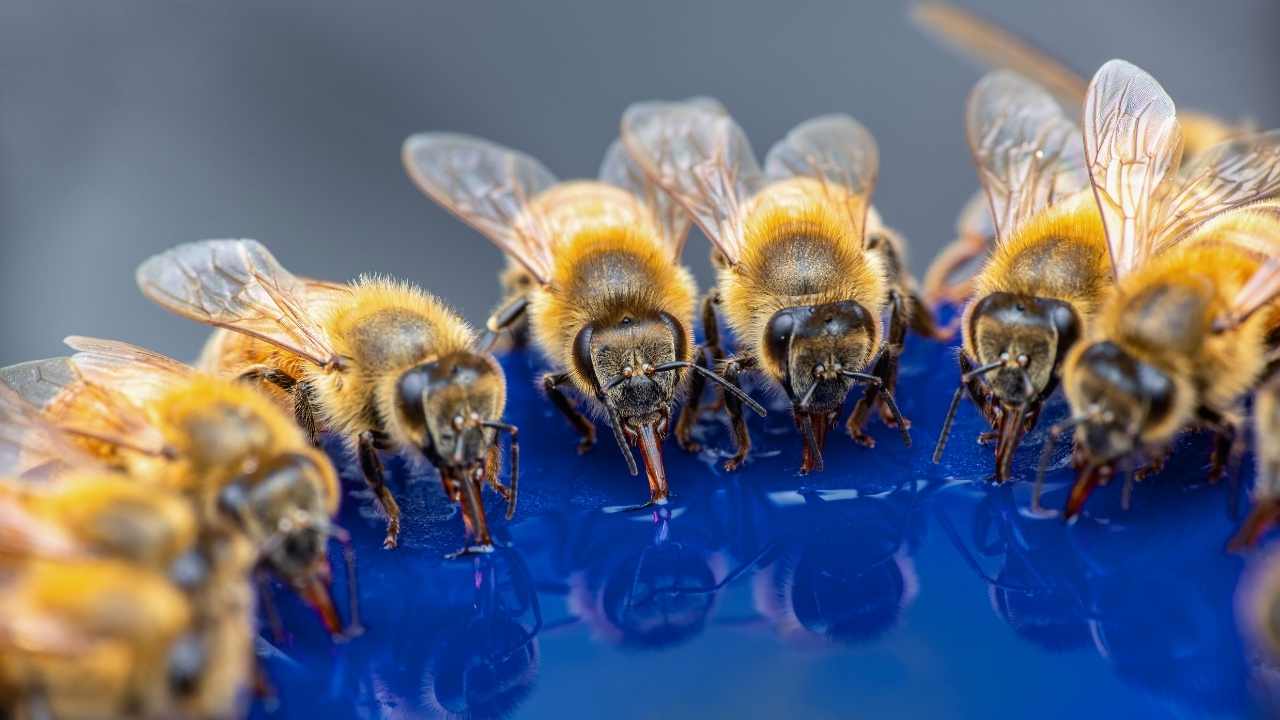
What is the best way to store your beekeeping protective gear when not in use?
Proper storage and maintenance of your beekeeping protective gear is essential to keep it in good condition for years to come. To begin, make sure all pieces are completely dry before storing them away. Hang the suit on a hanger in a cool, dry place to prevent mildew or mold growth. Store gloves and hats in a sealed container like a plastic bag or bin with an airtight lid. It’s also important to inspect your gear before every use for any signs of wear and tear, such as holes or broken zippers. Regularly clean your gear with soap and water and allow it to fully dry before putting it away. By properly storing and maintaining your beekeeping protective gear, you’ll ensure its longevity and continued effectiveness in keeping you safe during hive inspections and honey harvesting.
Can you use household cleaning products to clean your beekeeping protective gear?
When it comes to cleaning your beekeeping protective gear, you may be tempted to reach for household cleaning products. However, these can actually damage the materials and reduce their effectiveness in protecting you from stings. Instead, consider using DIY solutions such as vinegar and water or a gentle soap mixed with water. These alternatives are safer for both you and your gear, while still effectively removing any dirt or debris. It’s important to regularly clean your gear to prevent the spread of diseases and keep yourself safe while tending to your bees. With a little bit of effort and the right cleaning methods, you can ensure that your protective gear is always in top condition.
How do you know if your beekeeping protective gear fits properly?
To ensure your beekeeping protective gear fits properly, it’s important to understand the sizing accuracy of the brand and style you’re purchasing. Don’t assume that your usual clothing size will translate to protective gear. Take accurate measurements of your body and consult the manufacturer’s size chart before making a purchase. Comfort level is also crucial, as ill-fitting gear can lead to discomfort or distraction while working with bees. Look for adjustable features such as elastic waistbands or Velcro closures to customize the fit. Remember, proper fit equals better protection and more enjoyable beekeeping experiences.
Conclusion
Congratulations! You are now equipped with the essential knowledge of beekeeping protective gear. With this information, you can confidently head into your next beekeeping session without worrying about being stung.
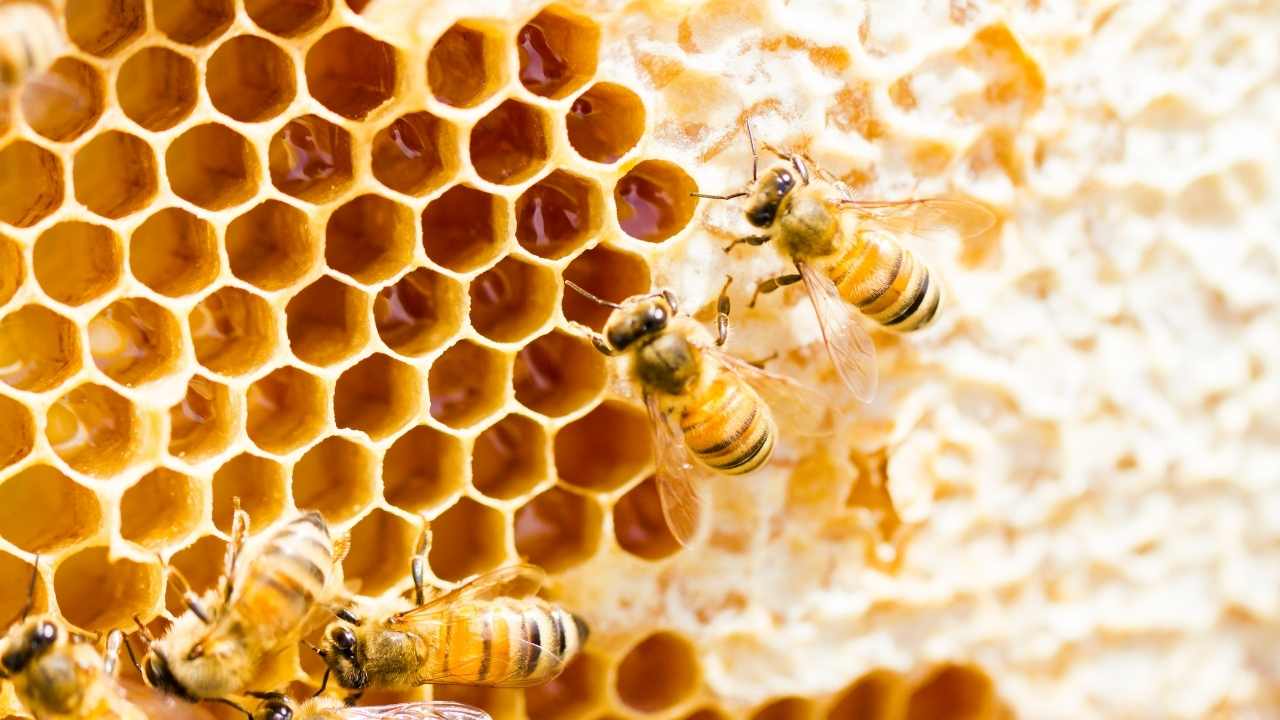
Remember, the right protective gear is crucial to ensure your safety while handling bees. Don’t be shy in investing in high-quality gear made from durable materials that offer maximum protection. Additionally, make sure to maintain and clean your gear regularly to keep it functioning effectively.
Now go out there and suit up for safety like a pro! With proper protective gear, you’ll be able to enjoy all of the sweet rewards that come with beekeeping without any of the painful consequences. Happy beekeeping!

Roger Thomas is a seasoned beekeeper and hive architect with a deep-seated passion for sustainable living. His fascination with bees has shaped his professional career, giving him practical and theoretical expertise in bee behavior, colony health, and optimal hive conditions. Roger’s technical skills shine in his bespoke hive creations that cater to the specific needs of diverse bee species, while his sustainable practices promote environmental balance and the wellbeing of the bee population.
As he continues his journey in beekeeping, Roger has become a dedicated advocate for responsible practices and an insightful educator in his field. His posts aim to inspire new beekeepers, underline the importance of sustainability, and showcase the remarkable contribution bees make to our ecosystem. Roger invites you to join him as he delves into the world of bees and the rewarding, honey-sweet art of beekeeping.

